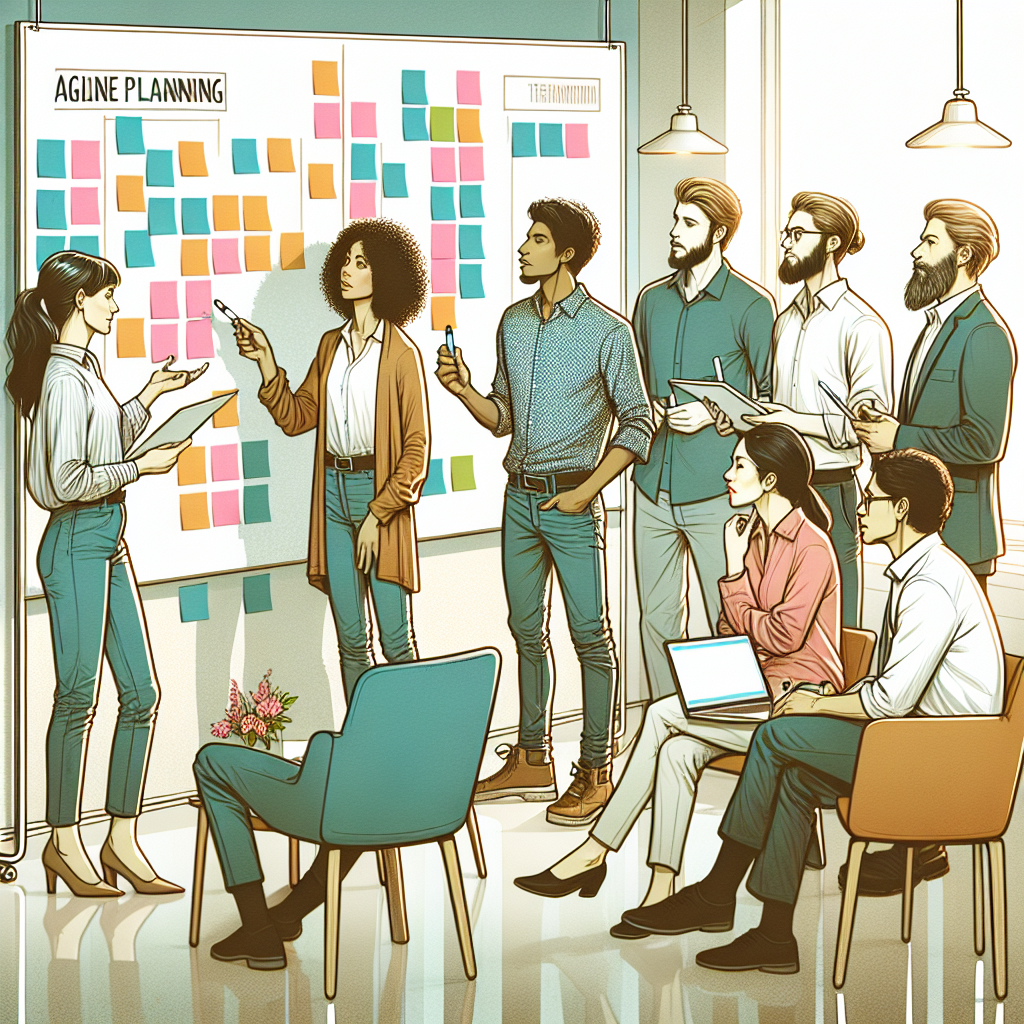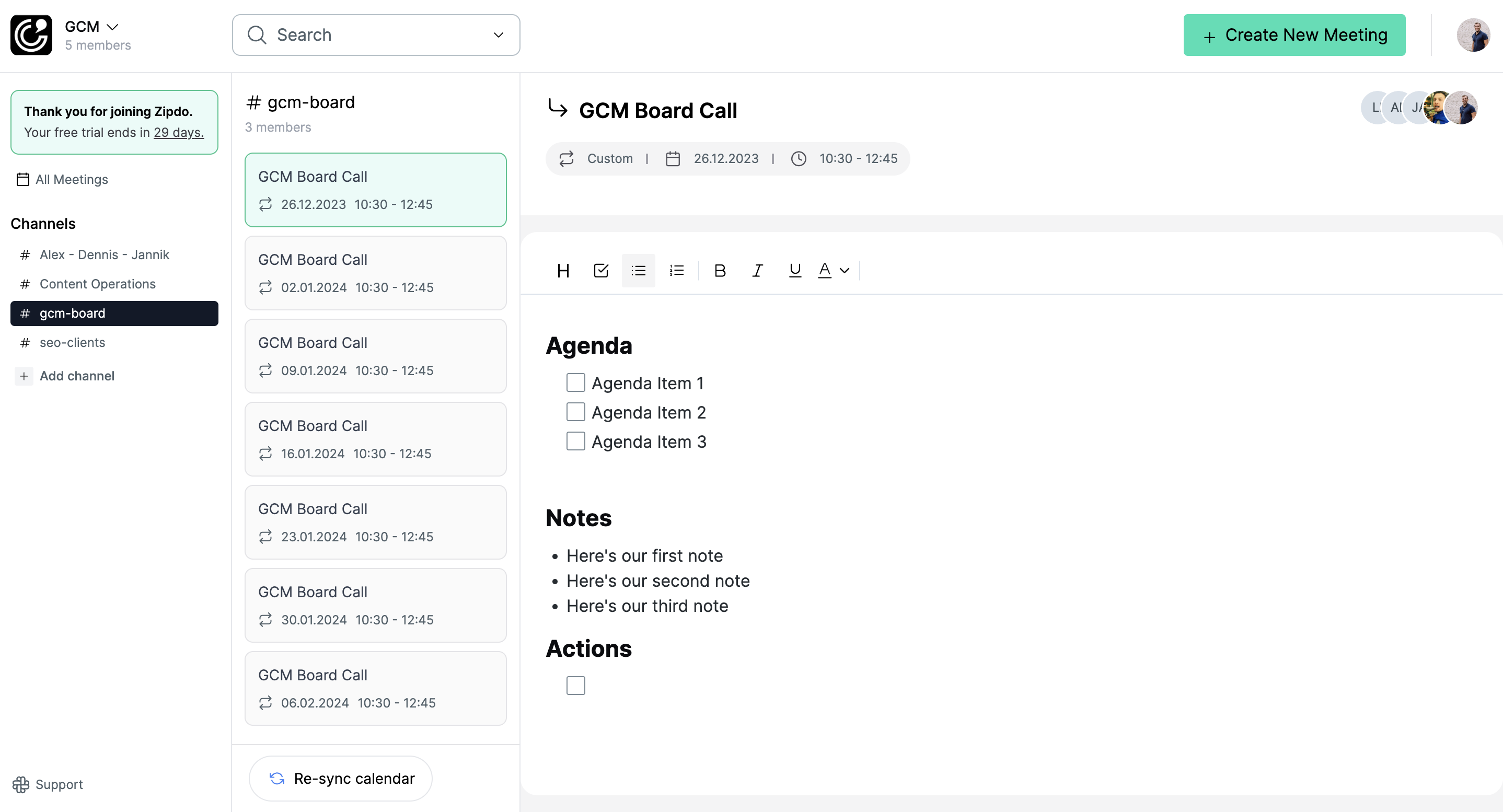Meeting Takeaways is similar to a meeting summary. These takeaways capture the outcomes, action items, decisions made, and any other relevant information discussed during the meeting.
They serve as a reminder and reference for participants and non-participants, ensuring that the meeting’s goals and discussions are documented and can be used for future reference or to drive further actions.
In this article, we’ll show you the best way to write meeting takeaways and how to organize them so that you can still keep all team members who didn’t attend the meeting in the loop.





